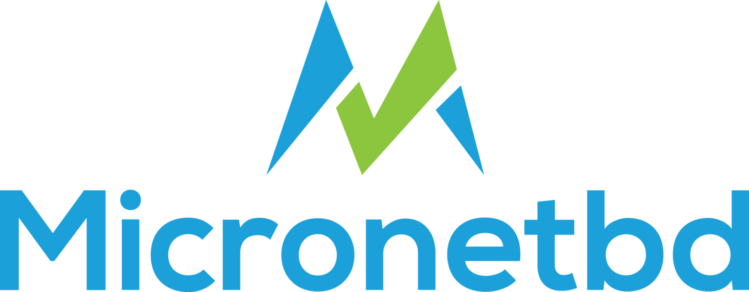Intake Questionnaire Design Best Practices: Crafting the Path to Client Engagement
 In today’s legal landscape, where digital interaction is paramount, the design of an intake questionnaire is not just about data collection; it’s about initiating a lasting client relationship. As a Litify implementation partner, we understand the importance of this first touchpoint. Here’s how to craft an intake questionnaire that resonates with clients and sets the stage for a robust professional relationship
In today’s legal landscape, where digital interaction is paramount, the design of an intake questionnaire is not just about data collection; it’s about initiating a lasting client relationship. As a Litify implementation partner, we understand the importance of this first touchpoint. Here’s how to craft an intake questionnaire that resonates with clients and sets the stage for a robust professional relationship
1. Begin with Empathy
Kick off your questionnaire with ease and friendliness. Simple, approachable questions at the start build rapport, making clients comfortable and welcoming them into the process, much like the inviting “top slice of bread” of a sandwich.
2 Core Questions: The Filling
The central part of your questionnaire is where the most crucial information is collected. These questions should be direct, relevant, and designed to respect the client’s time. Think of this as the meaty, substantial part of your questionnaire sandwich.
3. Design for User Experience
A questionnaire should be client-friendly. Steer clear of technical jargon and ensure a logical, intuitive flow. The use of both required and optional fields can balance the necessity of data collection with the client’s comfort in providing information.
4. Customize for Relevance
Reflect the uniqueness of your firm and its clientele. Tailor your questionnaire to align with the specific services you offer and the types of clients you serve. Dynamic forms that adapt based on client responses enhance the relevance and personalization of the questionnaire.
5. Consider Automation with Caution
Use automation to enhance efficiency, but be mindful. It should streamline the process without missing complex cases that don’t neatly fit into predefined categories.
6. Balance Quantity with Quality
Avoid overwhelming clients with too many questions. Focus on the quality of information, gathering only what is essential at this initial stage.
7. Close with Clarity and Consideration
End on a positive note. Thank your clients, offer additional assistance, outline the next steps, and confirm successful information submission. This is the “bottom slice of bread” that completes the client-friendly experience.
8. Feedback Loop
Incorporate a feedback section for continuous improvement. Client insights on their experience are invaluable for refining the questionnaire process.
